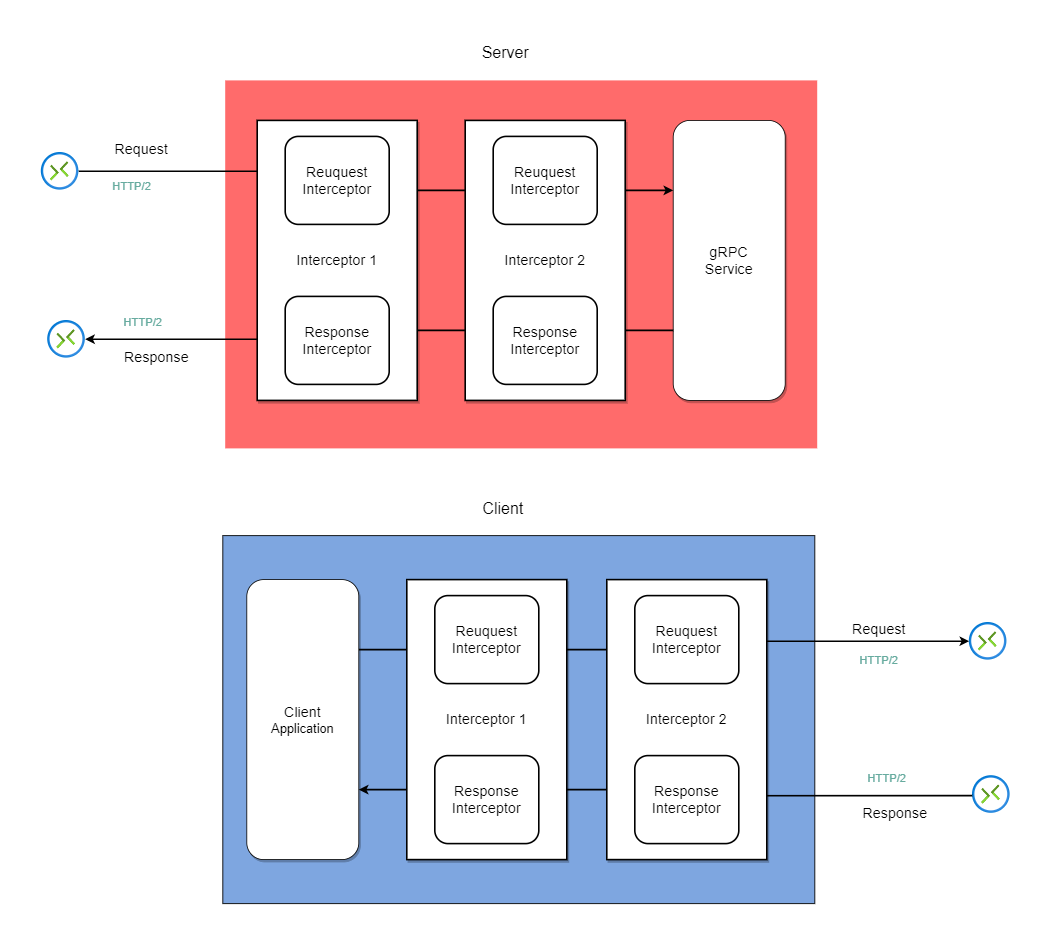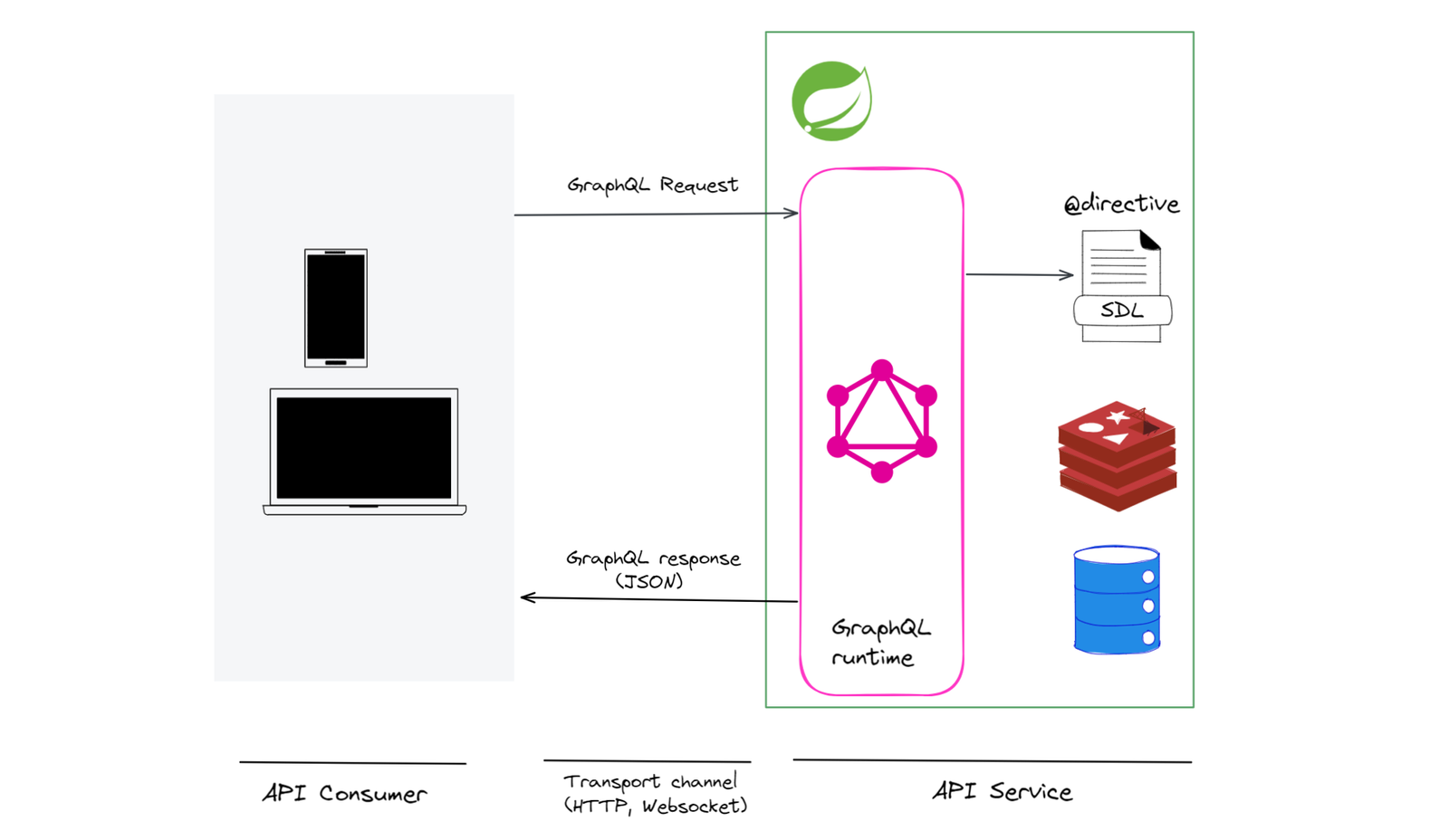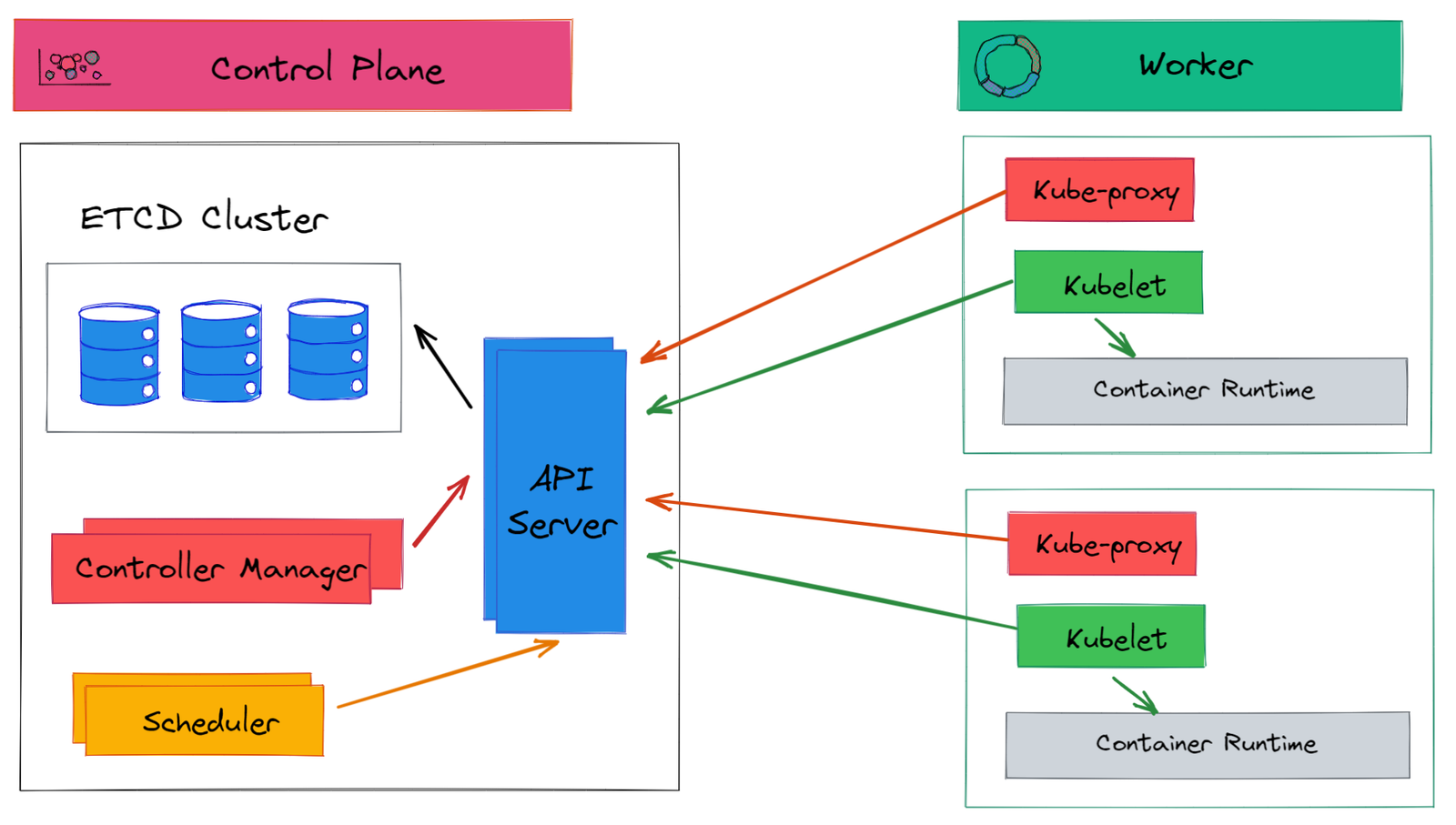Latest
GraphQL Error Handling
August 9, 2023
Spring for GraphQL: Pagination with Code Example
July 26, 2023
Spring for GraphQL: Interfaces and Unions
May 17, 2023
gRPC Bidirectional Streaming with Code Example
February 17, 2023
gRPC Client Streaming
January 20, 2023
Next
Prev
GraphQL Error Handling
GraphQL APIs differ significantly from REST APIs when it comes to error handling. While partial responses are not possible in...
Read moreDetailsMicroservices
TECHDOZO
Simplifying modern tech stack!
Browse by Category
Recent Articles
GraphQL Error Handling
August 9, 2023
Spring for GraphQL: Pagination with Code Example
July 26, 2023
© 2023 Techdozo.
































